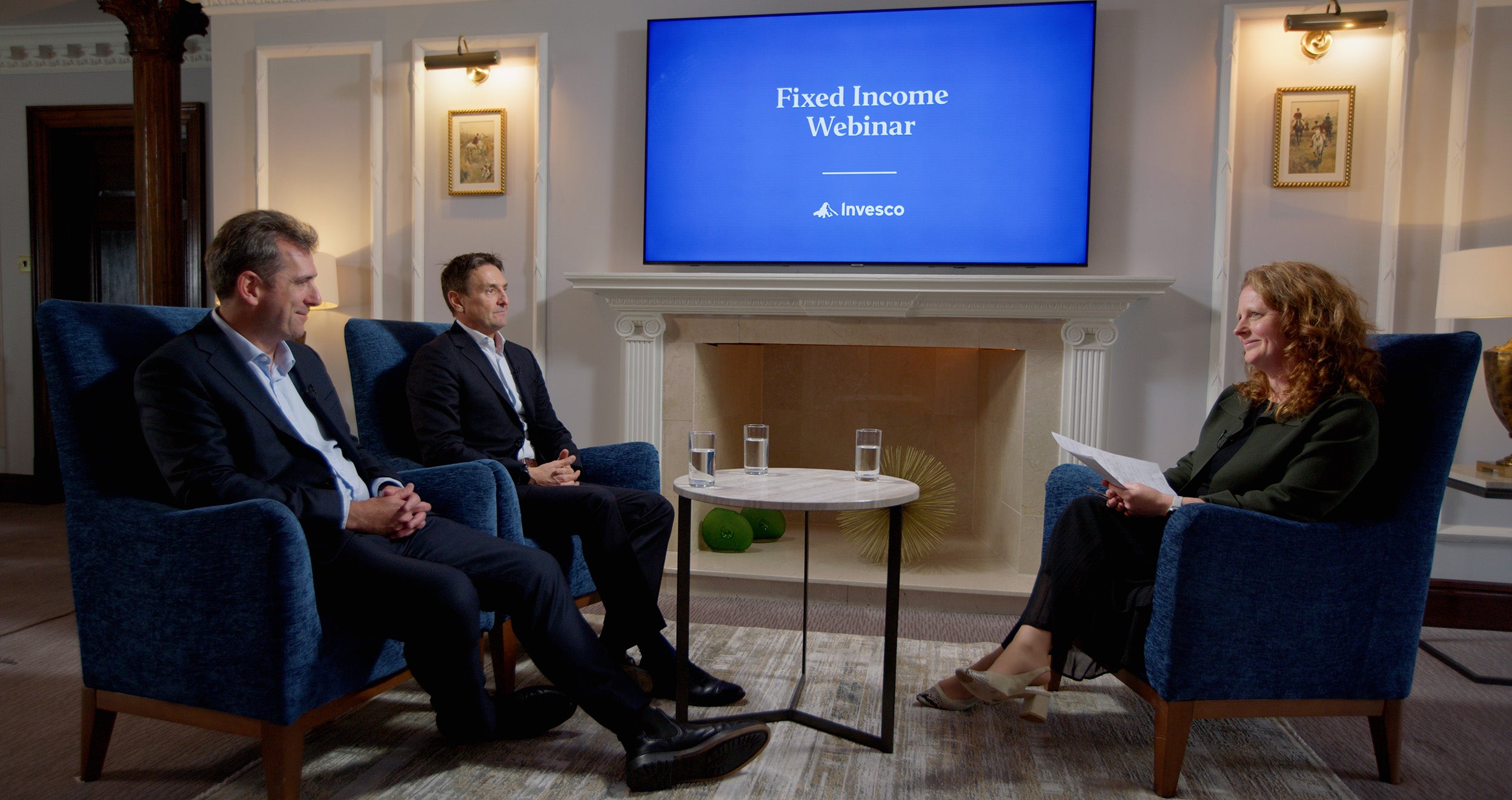Our strategies aim to help you maximise total returns, primarily through investment in a flexible allocation of debt securities and cash. We are free from benchmark constraints, and can actively allocate to corporate bonds, government debt, high yield bonds, developed and emerging market, and cash across fixed income markets globally.
Flexibility is the cornerstone of our philosophy. We only invest when we believe the return potential is sufficient to compensate for the risk and adjust our asset allocation in response to market changes. This means that we sometimes reduce the market risk in our portfolios significantly, when we feel the reward is insufficient. This flexibility also allows us to actively manage various risks such as duration, credit, yield curve and currency risk, on both a short-term tactical and long-term strategic basis.







